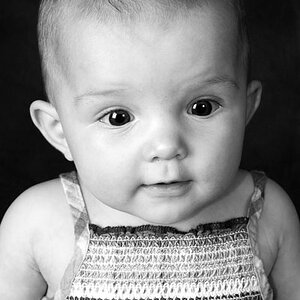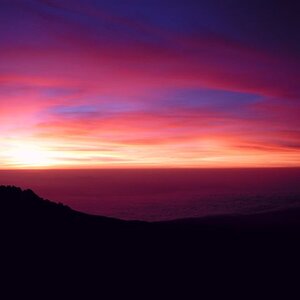Sinister_kid
TPF Noob!
- Joined
- Oct 12, 2008
- Messages
- 215
- Reaction score
- 0
- Location
- In The City
- Can others edit my Photos
- Photos NOT OK to edit
Alright so i've really been wanting to try to capture come picture to make into an HDR image lately, but i've had one question sitting around in my mind.
Is there anyway to program the camera to take the same picture 3 times, and then change the exposure itself?
For example, Hit the button once then the camera auto adjusts the exposure on two of them, one +1/2 and one -1/2.
The reason i ask is because everytime i go to take pictures for an HDR image, while changing the settings to compensate to different exposures something in the image will move.
Any help?? Thanks!
Is there anyway to program the camera to take the same picture 3 times, and then change the exposure itself?
For example, Hit the button once then the camera auto adjusts the exposure on two of them, one +1/2 and one -1/2.
The reason i ask is because everytime i go to take pictures for an HDR image, while changing the settings to compensate to different exposures something in the image will move.
Any help?? Thanks!


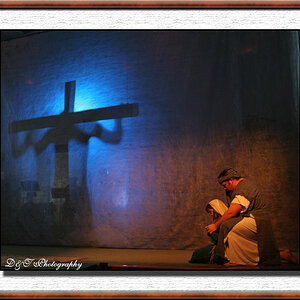
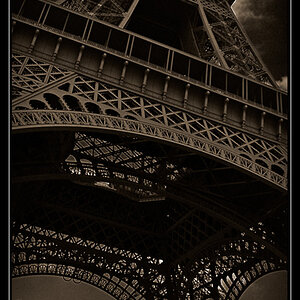
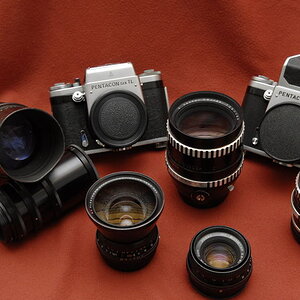

![[No title]](/data/xfmg/thumbnail/34/34040-14af4007923299ad46d35fc110d0faad.jpg?1619736250)
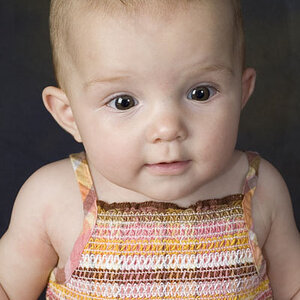
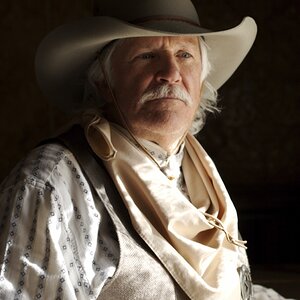
![[No title]](/data/xfmg/thumbnail/34/34042-f37784c4a5db3d0cf34059cad22b288c.jpg?1619736251)
